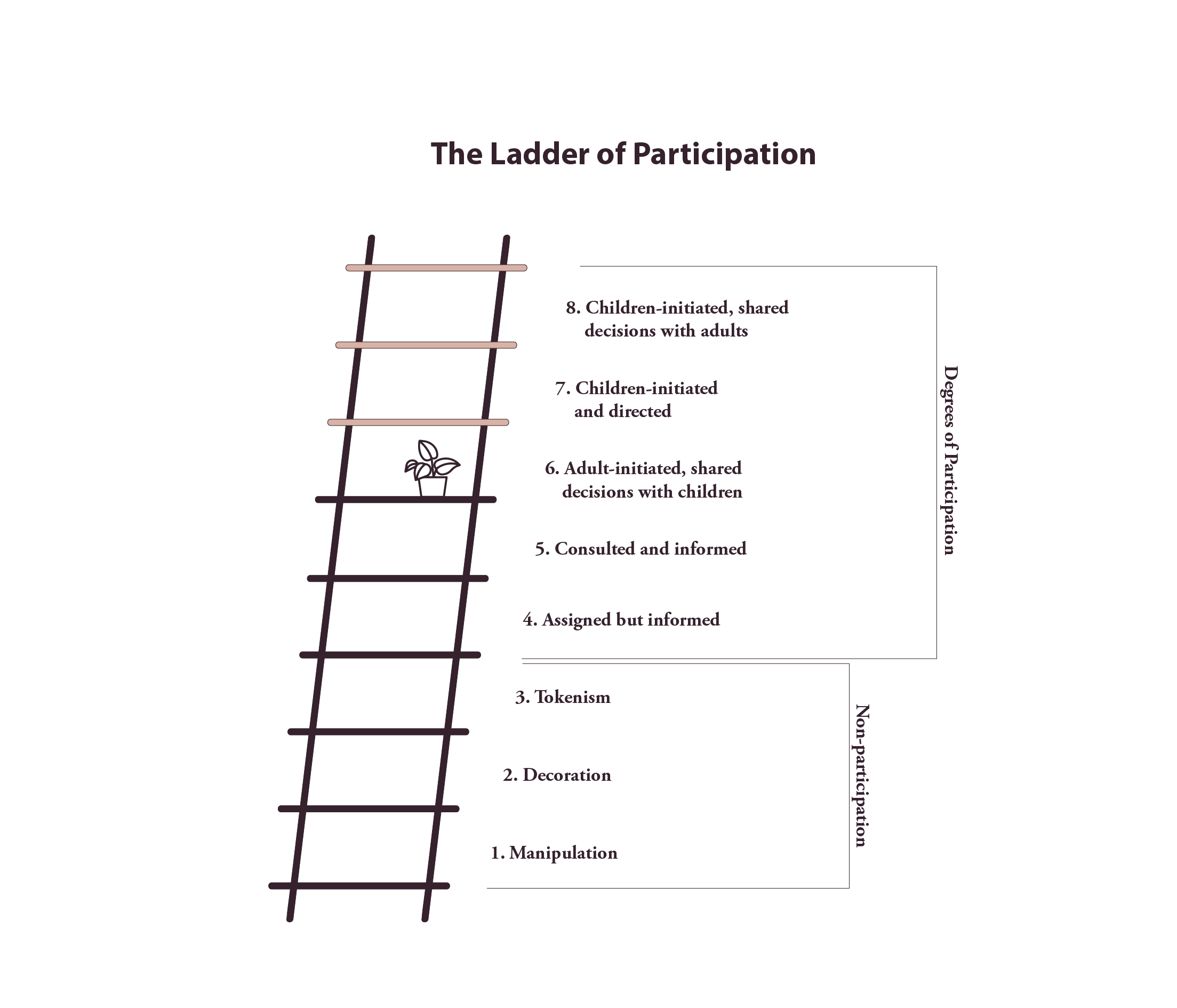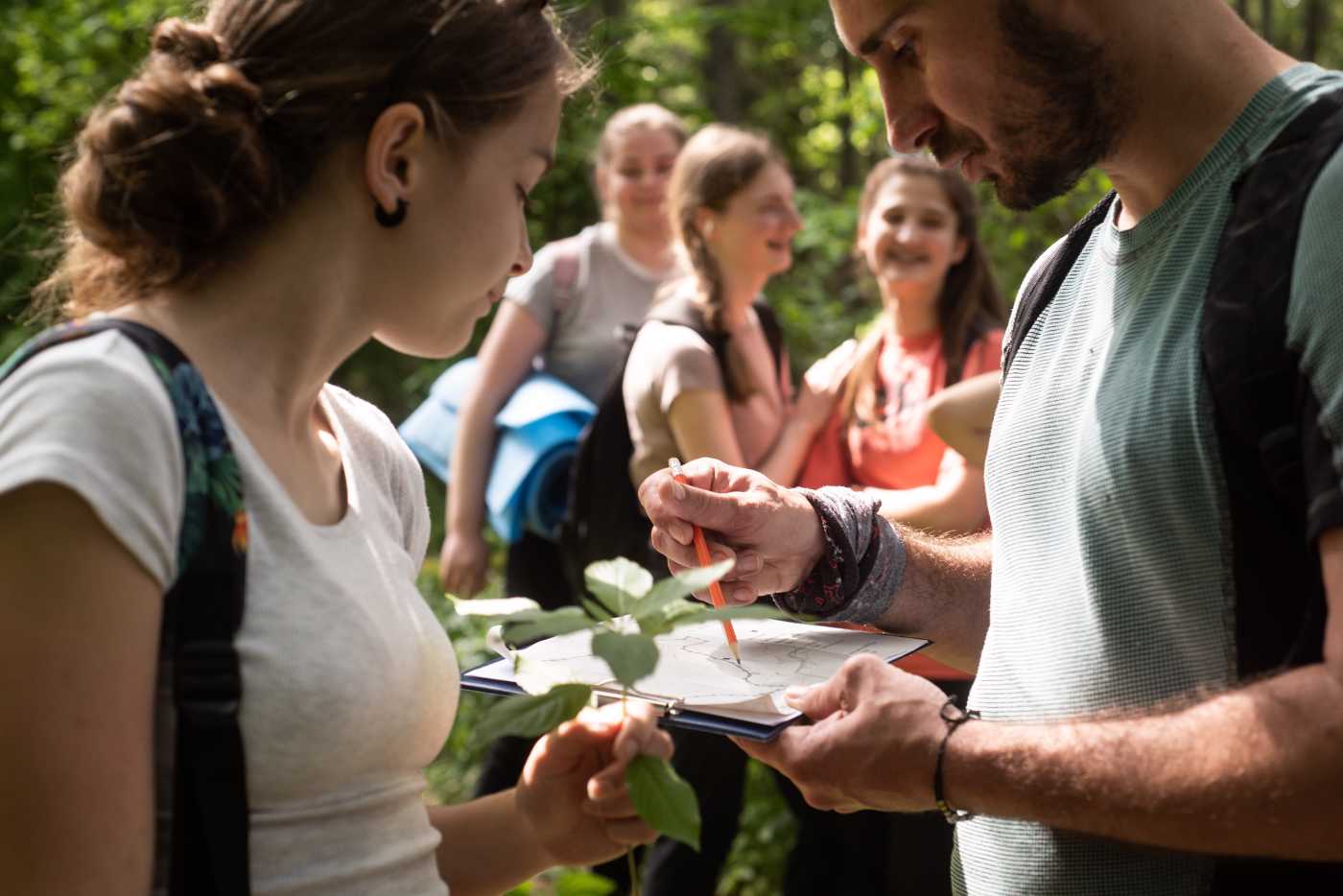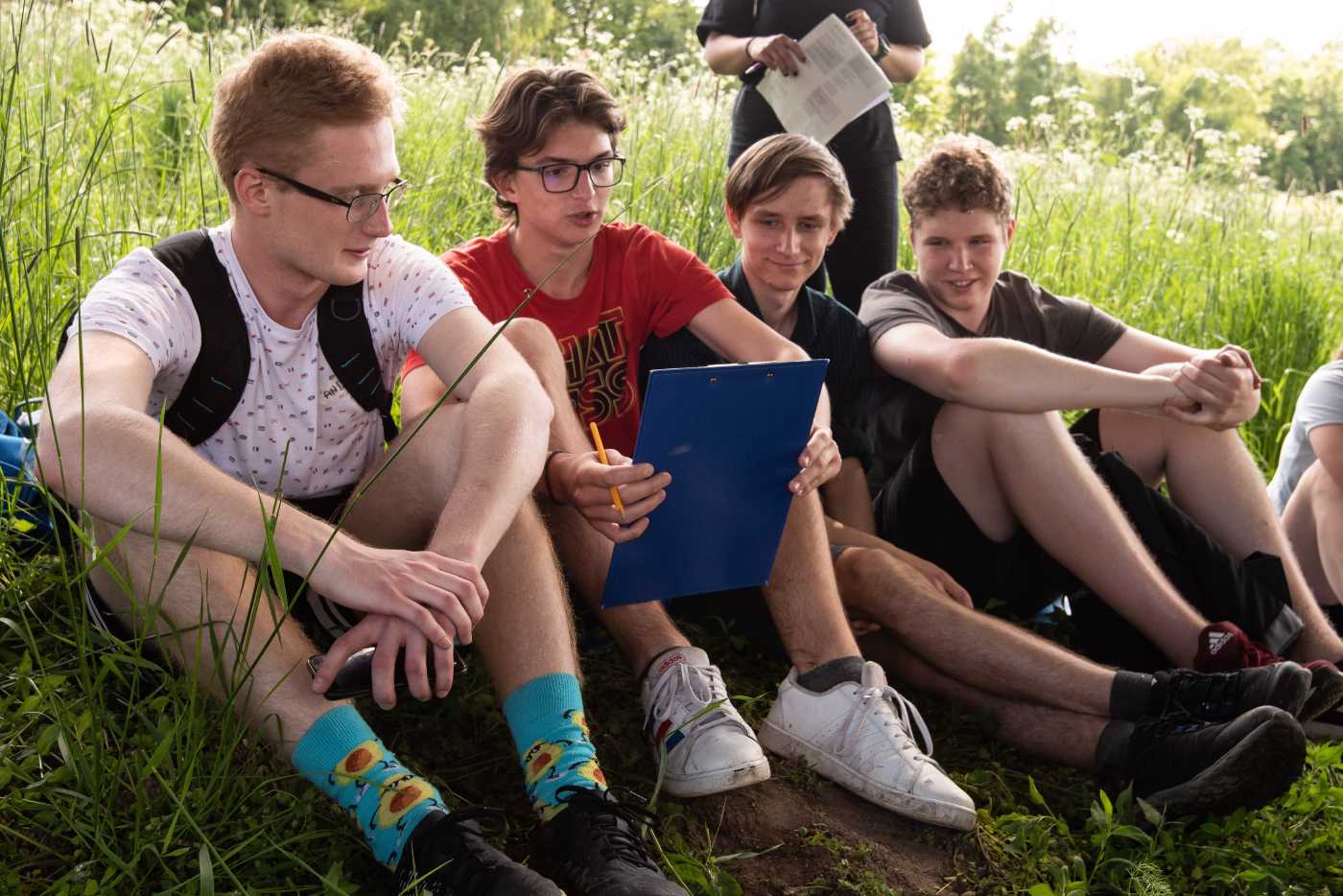Hooray for the Outdoors - Promoting Outdoor Learning
How to participate with students in outdoor learning

“I realise that the outdoor environment is very stimulating. There are many physical phenomena taking place in nature that students can directly observe. I would like to be inspired and learn more about how to proceed with this type of education. I would like to choose specific topics in physics and prepare methodological materials on how to teach using the outdoors and implement it.”
Maria, a physics teacher on a learning outdoors course within the schools for the “outdoors” project
You will learn:
- how learning outdoors helps children better understand the curriculum;
- how teachers can involve children directly in the preparation and implementation of the lesson when teaching outdoors; and
- why outdoor learning is key to promoting physical fitness in children and young people, and how it impacts the mental wellbeing of children and teachers.
The purpose and objectives of the Hura Von (Hurray Let’s Go Out) Platform in the context of participatory approaches
The Hura Von Platform of the Živica Centre for Environmental and Ethical Education was created by linking several outdoor projects implemented by Živica in schools over an extended period, such as Záhrada, ktorá učí (Garden that Teaches), SadOVO, Mestské včely (Urban Bees), Zelená škola (Green School), and others.
The aim is to support the transfer of part of the teaching in Slovak schools to schoolyards, school gardens, orchards, parks, forests, or meadows by educating teachers on outdoor learning activities within different or cross-curricular subjects.
A natural element of outdoor learning is the participation of pupils and students, particularly in creating and improving the conditions for outdoor learning around the school; for example, by jointly planning and building a weather station, rain garden, or raised beds, or planting a school orchard or flower meadow to encourage and observe pollinators.
This approach often not only promotes the linking of the school with the local community and the business sector (in material and professional support for the conversion of schoolyards into outdoor classrooms), but also strengthens children’s relationships with their surroundings and increases their sensitivities to nature and its components through frequent exercise outdoors (both in learning and in the construction of the school’s surroundings). This is one of the important prerequisites for their future in terms of responsible and proactive action in favour of sustainability and environmental preservation.

Important pillars for outdoor learning
- The prerequisite for successful participation of students in the transfer of teaching outside is a modern and innovative approach of the teacher in the teaching itself, which allows students to participate in the creation of the lesson. They can participate by preparing tools and the school environment; it also gives students sufficient space for research and a validation of the knowledge they gain during the lessons outside.
- The role of the teacher during outdoor learning changes to more of a mentor role; they should support the independence of students in acquiring new knowledge.
- During outdoor education, students’ life skills are strengthened according to the so-called four Cs, critical thinking, communication, cooperation, and creativity; according to pedagogical experts, these Cs are more important than, for example, even technical skills in our rapidly-changing times.
- Outdoor education is experiential, and at the same time promotes the holistic development of children and their physical fitness, which experts say is declining year by year. It also has a positive impact on their psychological well-being as well as on the mental balance of educators by helping them de-stress and test new experiential learning methods.
Risks that may occur when teaching outdoors
Risks associated with participatory approaches to outdoor learning may include exaggerated expectations of students in the construction and improvement of the school grounds; for example, if the budget for the construction of a gazebo for outdoor learning is poorly set and becomes too expensive during the construction process, then the project may be prolonged or put on hold. Children may feel disappointed because they wanted to help extensively in the construction of the gazebo (e.g., painting the wooden parts or making seat cushions to make it more comfortable to sit in).
When fruit trees are planted in an unprofessional or ill-timed manner they may not take hold, and students may lose the “living tools” that they have looked forward to and that they have helped to plant with their own hands to help them with learning maths and biology.
Another risk is the lack of cooperation or support from school leadership in relation to educators enthusiasm for outdoor learning, which also directly affects eager students for outdoor lessons, if promised outdoor lessons are denied.
Parents who overprotect their children from even the slightest mud or insect bite while outdoors can also negatively influence the outdoor learning process.

Concrete impact on pupils’ and students’ competences
With the right methodology, students’ life skills, the four Cs: critical thinking, communication, cooperation, and creativity, are strengthened during outdoor learning. Methodical outdoor learning reinforces and develops the above-mentioned skills by allowing direct validation of knowledge (e.g., when demonstrating the laws of physics or testing hypotheses in mathematics or biology fieldwork). This encourages the perception of the complexity and interconnectedness of phenomena, and also allows for collaboration in teams to find answers. Nature itself promotes wellbeing and creativity in learning and creates an inspiring environment for the development of artistic as well as scientific skills.
It also strengthens and reveals students’ “hidden” talents that may not have been discovered during classroom learning and could only developed in the safe and inspiring environment of the outdoors. This way, even students with lower attainment or special needs can excel in practical skills or specific knowledge related to nature exploration or sensory cognition, e.g., in manual work in the school garden or in identifying plant or insect species.
The impact of outdoor learning on the school and the local community
Based on our many years of teaching experience and working closely with educators passionate about outdoor learning, we are pleased to see a growing interest in this approach to teaching. Having trained the teaching staff in the methodology of outdoor learning on-site, we typically see a significant increase in the transfer of lessons to the outdoors, especially in the spring, summer, and autumn months when the weather permits. It is not infrequent that the schoolyard is busy and teachers have to create a schedule for outdoor learning. A positive aspect is the linking and cooperation of fellow teachers in linking lessons (e.g., two biology and geography teachers combine their lessons into one block, during which they link related topics outdoors and explain the content in an experiential way to the pupils).
Communication between the school and the parents is important in relation to preparing students for outdoor education (appropriate clothing, footwear, headgear, repellent, etc.). Experiential parent-teacher conferences outdoors, during which parents experience demonstrations of outdoor lessons in mathematics, English, or physics, and thus better understand what and how their children will learn during outdoor lessons, have proved to be very useful in the school’s relationship with the parent community.
In the same way, the benefits of outdoor learning can be reaped by the aforementioned local community, the city/municipal council, and also local businesses by linking up with the school community at the level of information and knowledge exchange (e.g., this can be done at the level of material support, i.e., local entrepreneurs can donate materials to the school for the construction or planting of educational garden elements as a sponsorship and thus support the reputation of their company), or at the level of support for the development of the municipality/town itself (in the joint realisation of development projects).
Downloads
- MAT Meter a netradičné miery (3. roč.)
- PDA Jednoduché stroje - páka (4. roč. ZŠ)
- SJL Dynamický opis ( 5. - 6. roč. ZŠ)